Home>Furniture>Outdoor Furniture>How To Insulate Patio Doors For Winter
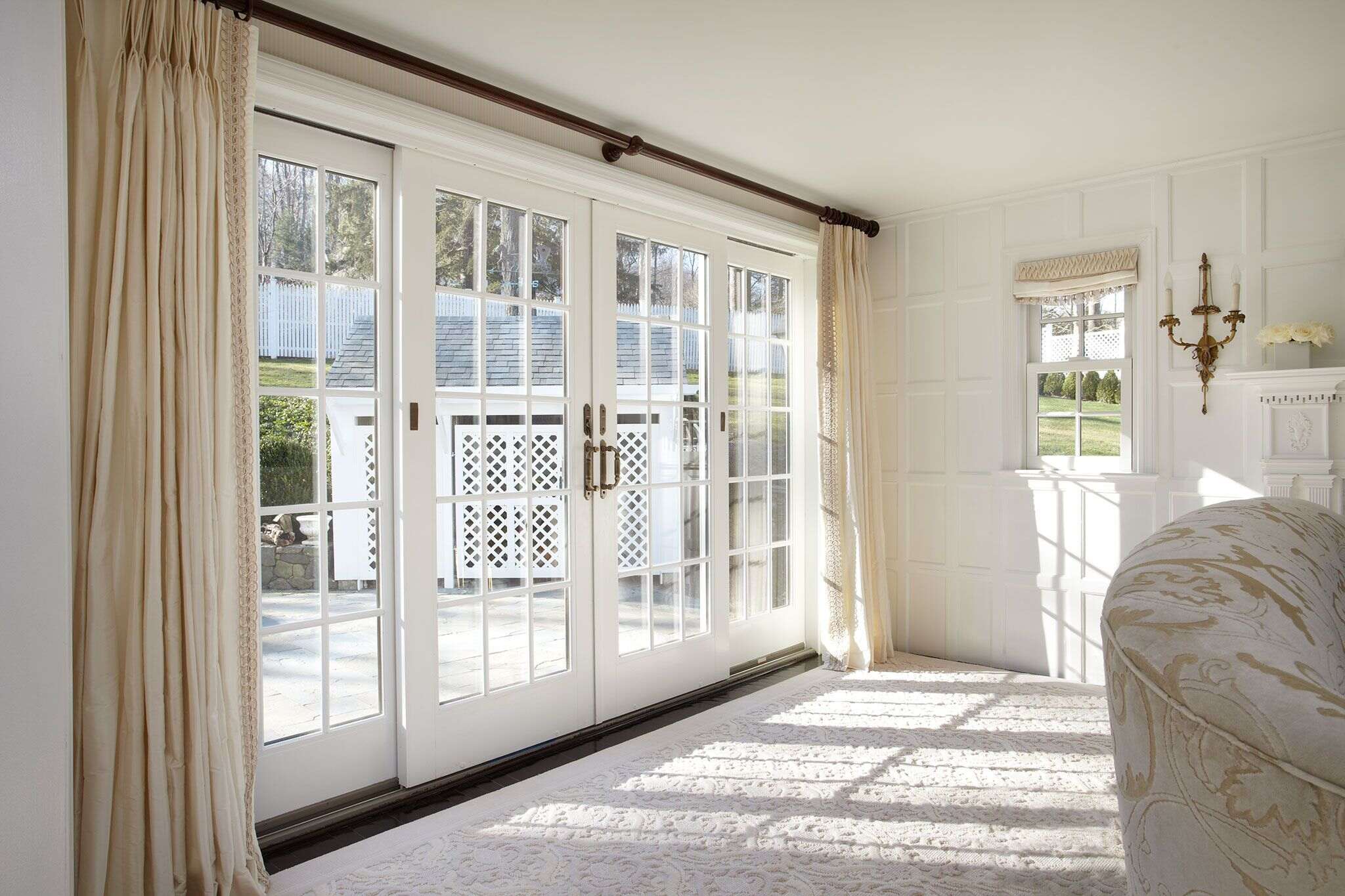

Outdoor Furniture
How To Insulate Patio Doors For Winter
Modified: October 20, 2024
Learn how to insulate your patio doors for the winter to keep your outdoor furniture protected and cozy.
(Many of the links in this article redirect to a specific reviewed product. Your purchase of these products through affiliate links helps to generate commission for Storables.com, at no extra cost. Learn more)
Introduction
Welcome to our comprehensive guide on how to insulate patio doors for winter. As the chilly winds of winter approach, it’s important to ensure that your patio doors are well-insulated to keep your home cozy and energy-efficient. Insulating your patio doors not only helps to maintain a comfortable indoor temperature but also keeps your energy bills in check. In this article, we will discuss why insulating patio doors is important and provide you with practical tips on how to effectively insulate them. So, let’s get started!
When it comes to energy efficiency, patio doors often pose a challenge due to their large glass surfaces and potential gaps for air leakage. In the winter months, these factors can lead to heat loss, drafts, and increased energy consumption. However, by implementing proper insulation techniques, you can significantly reduce these issues and create a more comfortable living environment.
Insulating your patio doors brings several benefits beyond just temperature regulation. It helps to improve soundproofing, reduce outside noise, and enhance the overall energy efficiency of your home. By preventing drafts, you can also extend the lifespan of your heating system and reduce the risk of moisture damage.
Throughout this guide, we will explore various methods and materials to insulate your patio doors effectively. It’s important to note that the insulation techniques can vary depending on the type of patio doors you have, such as sliding doors, French doors, or single-pane doors. Therefore, we will provide you with a range of options so you can choose the ones that best suit your specific needs.
Remember, before starting any insulation project, it’s essential to assess the current condition of your patio doors. Inspect for any cracks, gaps, or damage that may affect the overall insulation performance. Addressing these issues beforehand will ensure that your insulation efforts are maximized.
Now that we understand the importance of insulating patio doors and have an overview of what to expect, let’s delve into the different types of insulation materials and techniques that you can utilize. By the end of this article, you will be equipped with the knowledge and tools to insulate your patio doors effectively and enjoy a cozy winter season.
Key Takeaways:
- Keep your home cozy and save on energy bills by insulating patio doors with weatherstripping, window film, and insulated curtains. Address structural issues and maintain ventilation for maximum efficiency.
- Draft stoppers are a cost-effective way to seal gaps at the bottom of patio doors, preventing drafts and improving insulation. Combine techniques and maintain regularly for optimal performance.
Read more: How To Winterize A Garage Door
Why Insulating Patio Doors is Important
Insulating your patio doors is a crucial step in creating an energy-efficient home and maintaining a comfortable living environment, especially during the winter months. Here are some key reasons why insulating patio doors is important:
1. Energy Efficiency: Insufficient insulation in your patio doors can lead to heat loss and drafts, forcing your heating system to work harder to maintain a comfortable indoor temperature. By effectively insulating your patio doors, you can reduce energy consumption and lower your heating bills.
2. Temperature Regulation: Patio doors with poor insulation can create cold spots near the door, making the surrounding area uncomfortable. Insulating your patio doors helps to maintain a consistent and comfortable indoor temperature throughout your home.
3. Soundproofing: Insulating your patio doors can also help to reduce outside noise levels, creating a quieter and more peaceful living space. This is especially beneficial if you live in a noisy neighborhood or near a busy street.
4. Draft Prevention: Gaps and cracks in patio doors can allow cold air to seep in, causing drafts and compromising your indoor comfort. By properly insulating your patio doors, you can effectively seal these gaps, preventing drafts and keeping your home cozy.
5. Moisture Control: Insulated patio doors can also help to prevent moisture infiltration, which can lead to mold growth and damage to your furniture and flooring. By creating a tight seal, insulation helps to keep moisture at bay and maintain a healthy indoor environment.
6. Extended Lifespan of Heating System: When your patio doors are well-insulated, your heating system doesn’t need to work as hard to maintain a desired temperature. This reduces wear and tear on the system and can potentially extend its lifespan, saving you money on repairs and replacements.
7. Eco-Friendly Benefits: By reducing energy consumption, insulating your patio doors contributes to a more sustainable and eco-friendly home. It helps to lower carbon emissions and minimizes your environmental impact.
Overall, insulating your patio doors is a wise investment that pays off in various ways. It not only improves energy efficiency and saves you money on heating bills but also enhances overall comfort and reduces environmental impact. By addressing any insulation gaps and properly insulating your patio doors, you can enjoy a cozy, quiet, and energy-efficient home throughout the winter season.
Types of Insulation Materials
When it comes to insulating patio doors, there are various insulation materials you can choose from. Each material has its own unique properties, advantages, and installation methods. Here are some common types of insulation materials that can effectively insulate your patio doors:
1. Weatherstripping: Weatherstripping is a versatile and cost-effective material used to seal gaps and prevent air leakage around your patio doors. It is typically made of rubber, foam, or vinyl and comes in various forms such as adhesive strips, V-strip, door sweeps, and door gaskets. Weatherstripping is easy to install and can be applied to the edges of the door frame, bottom of the door, and between moving parts to create a tight seal and reduce drafts.
2. Insulating Foam Tape: Insulating foam tape is another popular option for patio door insulation. It is made of foam material with adhesive backing and creates a barrier against drafts and air infiltration. Insulating foam tape is particularly useful for sealing small gaps and cracks around the door frame. It is easy to apply and can be cut to size according to your specific needs.
3. Window Film: Window film is a transparent and thin plastic film that can be applied directly to the glass surface of your patio doors. It helps to improve the thermal efficiency of the glass and reduce heat transfer. Window films come in different variations, including reflective films, tinted films, and insulating films. They are easy to apply and provide an additional layer of insulation to your patio doors.
4. Insulated Curtains and Blinds: Insulated curtains and blinds are not only decorative but also effective in preventing heat loss and reducing drafts. They are made of thick and insulating materials such as thermal-backed fabric or cellular shades. These window treatments act as a barrier against cold air infiltration and help to maintain a comfortable indoor temperature. Insulated curtains and blinds are available in a wide range of styles and designs to suit your aesthetic preferences.
5. Draft Stoppers: Draft stoppers, also known as door snakes or draft blockers, are long fabric tubes filled with insulating material, such as foam or fiberfill. They are placed along the base of the door to seal gaps and prevent drafts from entering your home. Draft stoppers are an affordable and easy-to-use option for insulating patio doors, particularly if you have a larger gap at the bottom of the door.
6. Caulking and Sealants: Caulking and sealants are used to fill gaps and cracks around the door frame, providing a tight seal and preventing air leakage. They can be applied to both interior and exterior surfaces of the frame. Silicone, acrylic, or polyurethane-based caulks are commonly used for this purpose. It’s important to choose a weather-resistant and flexible caulk that can withstand temperature changes and ensure long-lasting insulation.
When selecting insulation materials for your patio doors, consider factors such as the size of gaps, the level of insulation required, and your budget. It’s also advisable to read manufacturer instructions and seek professional guidance, if needed, to ensure proper installation and maximize insulation efficiency. By choosing the right insulation materials, you can effectively seal any gaps, reduce drafts, and create a more energy-efficient and comfortable living space.
Weatherstripping Techniques
Weatherstripping is a practical and effective method for sealing gaps and preventing air leakage around your patio doors. It helps to improve insulation, reduce drafts, and maintain a comfortable indoor environment. Here are some commonly used weatherstripping techniques to insulate your patio doors:
1. Adhesive Strips: Adhesive strips, also known as self-adhesive weatherstripping, are easy to install and provide a tight seal. They are made of rubber or foam and come in various sizes and shapes. Adhesive strips can be applied to the edges of the door frame to seal gaps and prevent drafts. Make sure to clean the surface thoroughly before applying the strips to ensure proper adhesion.
2. V-strip: V-shaped weatherstripping, also called tension seal, is ideal for sealing larger gaps in your patio doors. It is made of durable materials such as vinyl or metal and can be applied to the door frame or the edge of the door itself. V-strips are available in different sizes and can withstand frequent use and heavy traffic. They create a seal by compressing against the door or the frame, effectively preventing air infiltration.
3. Door Sweeps: Door sweeps are weatherstripping devices that are attached to the bottom of the door to seal the gap between the door and the threshold. They are typically made of rubber, vinyl, or bristles. Door sweeps not only prevent drafts but also help to keep out dust, insects, and noise. They are available in different lengths and can be adjusted to fit your specific door size.
4. Door Gaskets: Door gaskets, also known as bulb seals, are flexible strips made of rubber or silicone that are attached to the door jamb. They create a tight seal when the door is closed and prevent cold air from entering. Door gaskets are particularly effective in sealing gaps and reducing drafts in sliding patio doors or French doors. They provide a continuous seal along the entire door perimeter, ensuring maximum insulation.
5. Interlocking Metal Channels: Interlocking metal channels, also called door astragals, are used for double doors or French doors. They are installed on one of the doors to create an overlapping seal when the doors are closed. Interlocking metal channels can be made of aluminum or steel and provide a durable and effective barrier against drafts and air infiltration.
Before applying any weatherstripping technique, it’s important to prepare the surface by cleaning it thoroughly and removing any old weatherstripping or debris. Measure the length and width of the door or the frame accurately to ensure precise installation. Trim the weatherstripping materials to fit the desired areas, and follow the manufacturer’s instructions for proper application.
Regularly inspect your weatherstripping and replace any worn-out or damaged strips. Over time, weatherstripping may lose its effectiveness due to wear and tear, so it’s important to maintain and replace it as needed to ensure optimal insulation.
By implementing these weatherstripping techniques, you can effectively seal gaps and reduce drafts around your patio doors. Remember that different doors may require different weatherstripping methods, so choose the technique that suits your specific door type and ensure a snug and energy-efficient seal.
Window Film Application
Window film is a popular and effective method for enhancing the insulation of your patio doors. It is a thin, transparent plastic film that can be applied directly to the glass surfaces of your doors. Window film helps to improve thermal efficiency, reduce heat transfer, and provide an additional layer of insulation. Here are the steps to properly apply window film to your patio doors:
1. Clean the Glass: Before applying the window film, make sure to thoroughly clean the glass surfaces of your patio doors. Use a glass cleaner and a lint-free cloth to remove any dirt, dust, or fingerprints. This ensures that the film adheres properly and provides a smooth appearance.
2. Measure and Trim the Film: Measure the height and width of each glass panel of your patio doors, and add an additional inch to the measurement. This extra inch will allow for easier installation and adjustment. Roll out the window film and use a sharp utility knife or scissors to cut it to the correct size for each glass panel.
3. Prepare the Application Solution: Mix a solution of water and a few drops of liquid soap in a spray bottle. Shake the bottle gently to create a uniform mixture. This solution will be used to wet the glass and the film during installation.
4. Wet the Glass: Spray a generous amount of the application solution onto the cleaned glass surface. This will help to create a temporary bond between the film and the glass, making it easier to maneuver and adjust the film during installation.
5. Apply the Film: Peel the protective backing of the film from one corner to expose the adhesive side. Be careful not to touch the adhesive surface with your fingers. Align the film with the top edge of the glass and slowly press it onto the wet glass surface. Use a squeegee or a credit card wrapped in a soft cloth to remove any air bubbles and smooth out the film from top to bottom.
6. Trim and Repeat: Once the film is applied, use a sharp knife or a utility blade to trim away any excess film along the edges of the glass. Repeat the same process for each glass panel of your patio doors.
7. Dry and Set: After applying the film, gently wipe away any excess water using a clean, lint-free cloth. Allow the film to dry completely and set according to the manufacturer’s instructions. This may take several hours or even a day, depending on the type of film.
Window film can provide both insulation and UV protection. It helps to reduce heat gain in the summer and heat loss in the winter, making your home more energy-efficient and comfortable. Additionally, it blocks harmful UV rays, which can fade furniture and flooring over time.
Remember to choose window film specifically designed for insulation purposes, such as insulating or low-emissivity (low-e) film. These types of films have a higher insulation value and can effectively improve the energy efficiency of your patio doors.
By following these steps and applying window film correctly, you can enhance the insulation of your patio doors, reduce heat transfer, and create a more comfortable and energy-efficient living space.
Consider using weather stripping or draft stoppers to seal any gaps around the patio doors. You can also hang heavy curtains or install insulating window film to help keep the cold air out.
Read more: How To Store Patio Umbrella For Winter
Insulated Curtains and Blinds
Insulated curtains and blinds are not only stylish but also effective in providing an extra layer of insulation for your patio doors. They can help to reduce heat loss, drafts, and outside noise, while also enhancing privacy and controlling light levels. Here’s how you can use insulated curtains and blinds to improve the insulation of your patio doors:
1. Choose Insulating Materials: When selecting curtains or blinds for your patio doors, opt for materials that have insulating properties. Thermal-backed fabric curtains are a popular choice as they have an extra layer of thermal material on the back, which helps to block drafts and keep warm air inside during winter months. Cellular shades are another excellent option. They feature honeycomb-shaped cells that trap air and act as a barrier against heat transfer.
2. Measure Properly: Accurate measurements are crucial when installing curtains or blinds. Measure the width and height of your patio doors, ensuring that you account for any obstructions such as doorknobs or handles. Always add a few inches to the measurements for proper coverage and to prevent any gaps that could let air in.
3. Install Curtain Rods or Mounting Hardware: Depending on the type of curtains or blinds you choose, you’ll need to install the appropriate curtain rods or mounting hardware. Make sure to select sturdy rods or brackets that can support the weight of the curtains or blinds. Follow the manufacturer’s instructions for proper installation.
4. Hang Insulated Curtains: Once you have your curtain rods or brackets in place, hang the insulated curtains on them. Make sure they are centered over the patio doors and reach all the way to the floor for maximum coverage. Adjust the curtains as needed to ensure they hang evenly and fully cover the glass surfaces.
5. Install Cellular Shades: Cellular shades are typically mounted inside the window frame or directly on the patio door itself. Consult the manufacturer’s instructions for the specific installation method. Ensure the shades are properly aligned and securely fastened to prevent any gaps.
6. Consider Layering: For added insulation and style, consider layering curtains and blinds. You can use thermal-backed curtains as the outer layer for insulation purposes and sheer curtains as the inner layer for privacy and light control. Adding a layer of blinds or shades further enhances insulation.
7. Utilize Tiebacks or Holdbacks: When you want to allow natural light to enter or enjoy an unobstructed view, use tiebacks or holdbacks to hold the curtains or blinds to the side. This also prevents them from blocking the path and ensures they remain in place when not in use.
Insulated curtains and blinds not only provide insulation but also allow you to control the amount of natural light entering your space. During cold winter nights, close the curtains or lower the blinds to keep warm air inside. In the daytime, open them to let sunlight in, naturally warming your room.
Remember that maintaining and cleaning insulated curtains and blinds is important for their longevity and effectiveness. Follow the manufacturer’s recommendations for care instructions, as some materials may require specific cleaning methods.
By utilizing insulated curtains and blinds, you can enhance the insulation of your patio doors, reduce heat loss, and create a more comfortable and energy-efficient living space. Additionally, these window treatments add a touch of style and enhance the overall aesthetics of your room.
Draft Stoppers for Patio Doors
Draft stoppers, also known as door snakes or draft blockers, are effective tools for sealing gaps at the bottom of your patio doors and preventing drafts from entering your home. They provide a cost-effective and easy-to-use solution to improve the insulation of your patio doors. Here’s how you can utilize draft stoppers to seal gaps and keep your home cozy:
1. Measure the Gap: Start by measuring the width of the gap at the bottom of your patio doors. This will help you determine the length of the draft stopper needed to effectively seal the gap. It’s important to choose a draft stopper that is long enough to cover the entire width of the door but not too long that it obstructs the door’s movement.
2. Choose the Right Draft Stopper: There are various types of draft stoppers available, including fabric-based ones filled with insulating material, such as foam or fiberfill, and heavier options like sand-filled draft stoppers. Consider the size of the gap, the floor surface, and your personal preferences when selecting a draft stopper.
3. Prepare the Draft Stopper: If you opt for a fabric-based draft stopper, you may need to fill it with insulating material. If it already comes filled, ensure it is evenly distributed for maximum effectiveness. Make sure the draft stopper is clean and free from any debris or dirt.
4. Position the Draft Stopper: Place the draft stopper along the bottom of the patio door, positioning it against the interior side of the door in order to form a barrier against drafts. Ensure that the draft stopper is properly aligned with the width of the door and covers the entire gap.
5. Secure the Draft Stopper: Some draft stoppers come with straps or Velcro attachments to help secure them in place. Fasten these attachments to the door or floor to ensure that the draft stopper remains in position when the door is opened or closed. For draft stoppers without attachments, simply ensure that they are snugly fitted against the door to prevent movement.
6. Check for Proper Seal: After positioning and securing the draft stopper, check for any remaining gaps or drafts by carefully observing the area around the door. Adjust the draft stopper as needed to create a tight seal and minimize air leakage. A properly installed draft stopper should significantly reduce the flow of air from outside.
7. Maintain and Clean: Periodically check and clean the draft stopper to ensure its optimal performance. Vacuum or shake out any debris or dust that may accumulate. Depending on the material and construction, some draft stoppers may be machine washable or have removable covers that can be cleaned separately.
Draft stoppers are not only effective in insulating patio doors but can also serve as a decorative element in your home. They come in various colors, patterns, and designs, allowing you to find one that suits your style and complements your décor.
By utilizing draft stoppers for your patio doors, you can effectively seal gaps, reduce drafts, and prevent cold air from entering your home. This simple and cost-effective solution helps to improve energy efficiency, maintain a comfortable indoor temperature, and save on heating costs during the winter months.
Tips for Maximizing Insulation Efficiency
To ensure that your patio doors are effectively insulated and provide optimal energy efficiency, here are some additional tips to maximize insulation efficiency:
1. Address Structural Issues: Before applying any insulation techniques, inspect your patio doors for any structural issues or damage that may compromise their ability to provide proper insulation. Repair or replace any damaged components, such as cracked glass, worn-out weatherstripping, or loose frames, to ensure a solid foundation for insulation.
2. Combine Insulation Techniques: Don’t rely on a single insulation method alone. For maximum effectiveness, consider combining multiple techniques. For example, you can use a combination of weatherstripping, window film, and insulated curtains or blinds to create multiple layers of insulation and further reduce air leakage.
3. Seal Additional Gaps: In addition to the bottom gap, check for any other gaps or cracks around your patio doors that may contribute to drafts. Apply weatherstripping or sealant to these areas to create a tighter seal and prevent cold air infiltration.
4. Insulate Glass: Insulated glass or double-glazed windows provide better insulation than single-pane glass. If your patio doors consist of single-pane glass, consider upgrading to insulated glass or using window film to provide an extra layer of insulation.
5. Use Door Panels: If you have sliding or French patio doors, consider using door panels to cover the glass surface during colder months. These panels, made of insulating material such as acrylic or polycarbonate, can provide an additional barrier against drafts and improve the energy efficiency of your patio doors.
6. Install Door Snakes: In addition to using draft stoppers along the bottom of the doors, consider using door snakes or draft stoppers around the sides and top of the door to further minimize air leakage.
7. Insulate Surrounding Walls: Insulating the surrounding walls near your patio doors can also enhance the overall insulation efficiency. Consider adding insulation to the walls or using sealant to fill any gaps or cracks to prevent cold air from seeping in.
8. Maintain Proper Ventilation: While insulation is important, it’s also crucial to maintain proper ventilation in your home. Ensure that your patio doors have adequate ventilation options, such as adjustable vents or windows, to allow fresh airflow when needed.
9. Control Sunlight Exposure: While patio doors provide natural light, excessive sunlight can also increase heat transfer. Consider using blinds, curtains, or window films with light-filtering or UV-blocking properties to control sunlight exposure and reduce heat gain.
10. Regularly Inspect and Maintain: Inspect your patio doors and insulation periodically to ensure they are in good condition. Replace worn-out weatherstripping, damaged window film, or any other insulation materials as needed to maintain optimal insulation effectiveness.
By implementing these tips, you can maximize the insulation efficiency of your patio doors and create a more comfortable and energy-efficient living space. Remember that the key is to create a tight seal, reduce drafts, and minimize air leakage to ensure optimal insulation performance throughout the year.
Conclusion
Insulating your patio doors for winter is a crucial step in ensuring a cozy and energy-efficient home. By addressing gaps, reducing drafts, and enhancing insulation, you can create a comfortable indoor environment while maximizing energy savings. Throughout this guide, we have explored various methods and materials to effectively insulate your patio doors.
Weatherstripping techniques, such as adhesive strips, V-strips, door sweeps, and door gaskets, provide a practical and cost-effective way to seal gaps and prevent air leakage. Applying window film adds an extra layer of insulation to the glass surfaces, reducing heat transfer and improving thermal efficiency. Insulated curtains and blinds not only enhance insulation but also offer light control and privacy options. Draft stoppers are particularly useful for sealing gaps at the bottom of the doors and preventing drafts from entering your home.
To maximize insulation efficiency, it’s important to address structural issues, combine insulation techniques, seal additional gaps, and insulate the surrounding walls. Additionally, maintaining proper ventilation and controlling sunlight exposure help create a balanced and comfortable indoor environment.
Remember to regularly inspect and maintain your patio doors and insulation materials to ensure optimal performance. Replace worn-out weatherstripping, damaged window film, and draft stoppers as needed to maintain a tight and efficient seal.
By implementing these tips and techniques, you can create a more energy-efficient and comfortable living space while reducing heating costs and environmental impact. Properly insulated patio doors not only enhance thermal comfort but also contribute to soundproofing, moisture control, and an extended lifespan for your heating system.
Take the time to assess your patio doors, choose suitable insulation materials, and follow the installation instructions recommended by manufacturers. By doing so, you’ll create a well-insulated barrier against the cold winter air, resulting in a warmer, cozier, and more sustainable home.
So, get started on insulating your patio doors and enjoy the benefits of improved energy efficiency, reduced drafts, and enhanced comfort throughout the winter season and beyond. Stay warm, save energy, and embrace the joys of a well-insulated home!
Frequently Asked Questions about How To Insulate Patio Doors For Winter
Was this page helpful?
At Storables.com, we guarantee accurate and reliable information. Our content, validated by Expert Board Contributors, is crafted following stringent Editorial Policies. We're committed to providing you with well-researched, expert-backed insights for all your informational needs.
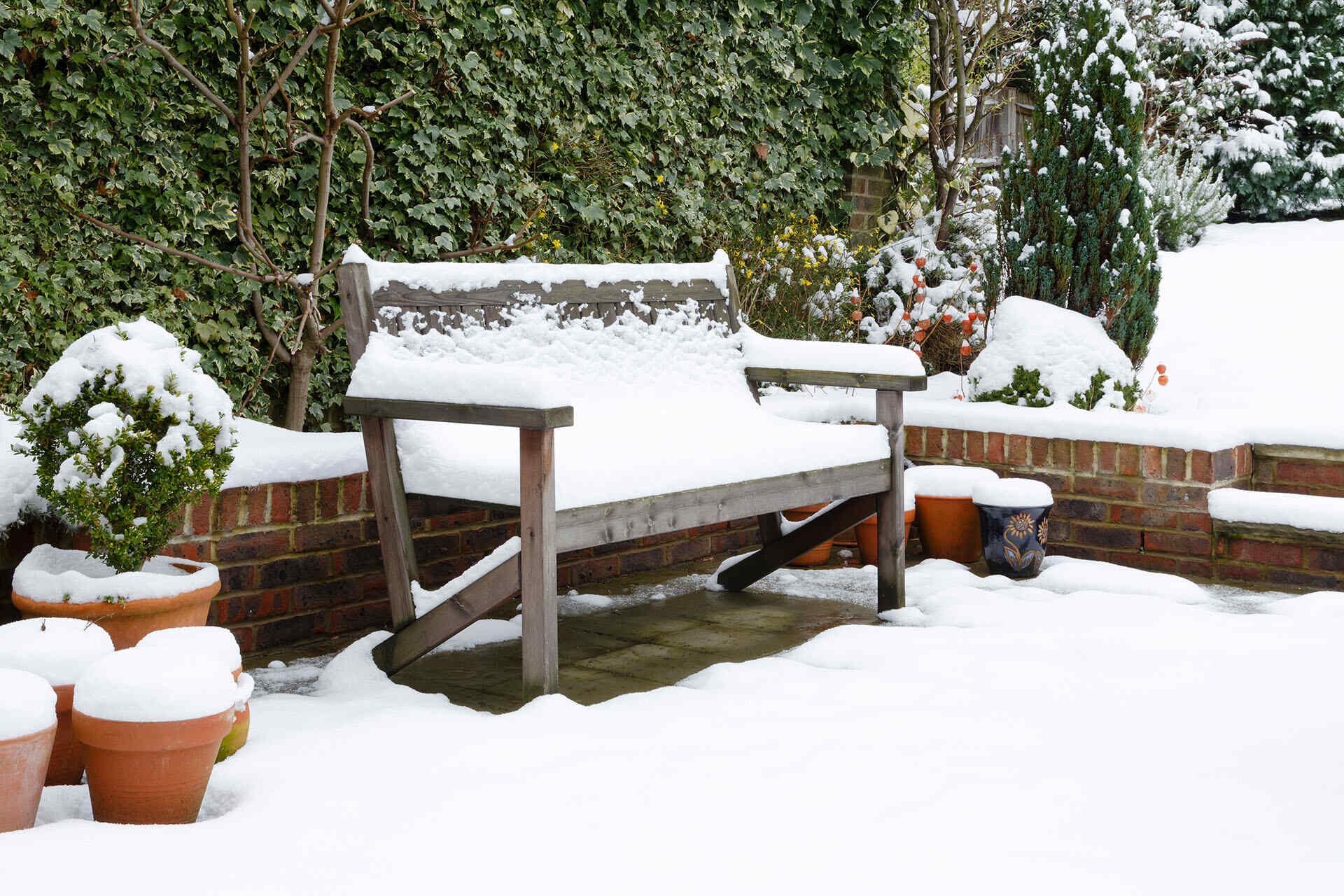
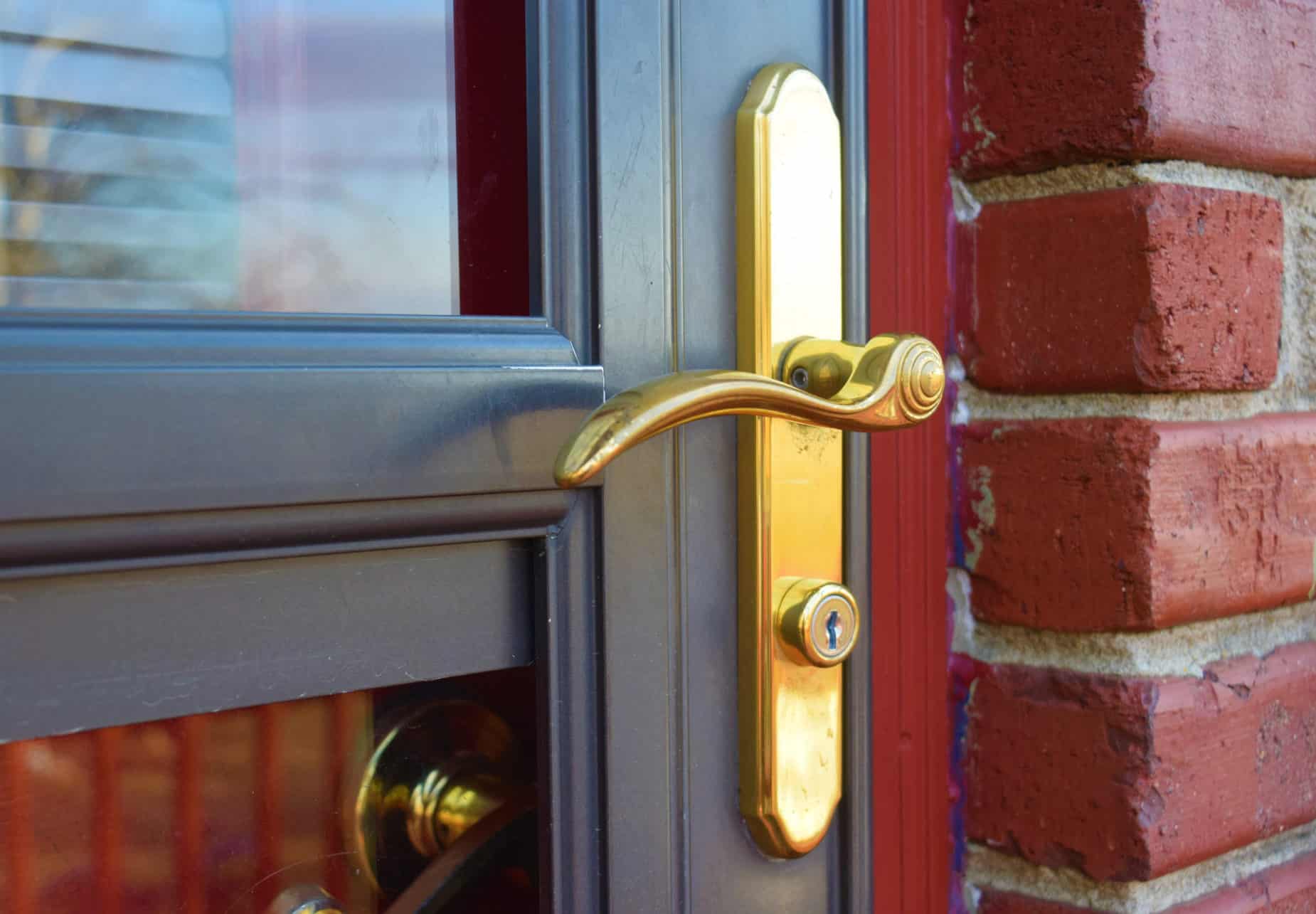
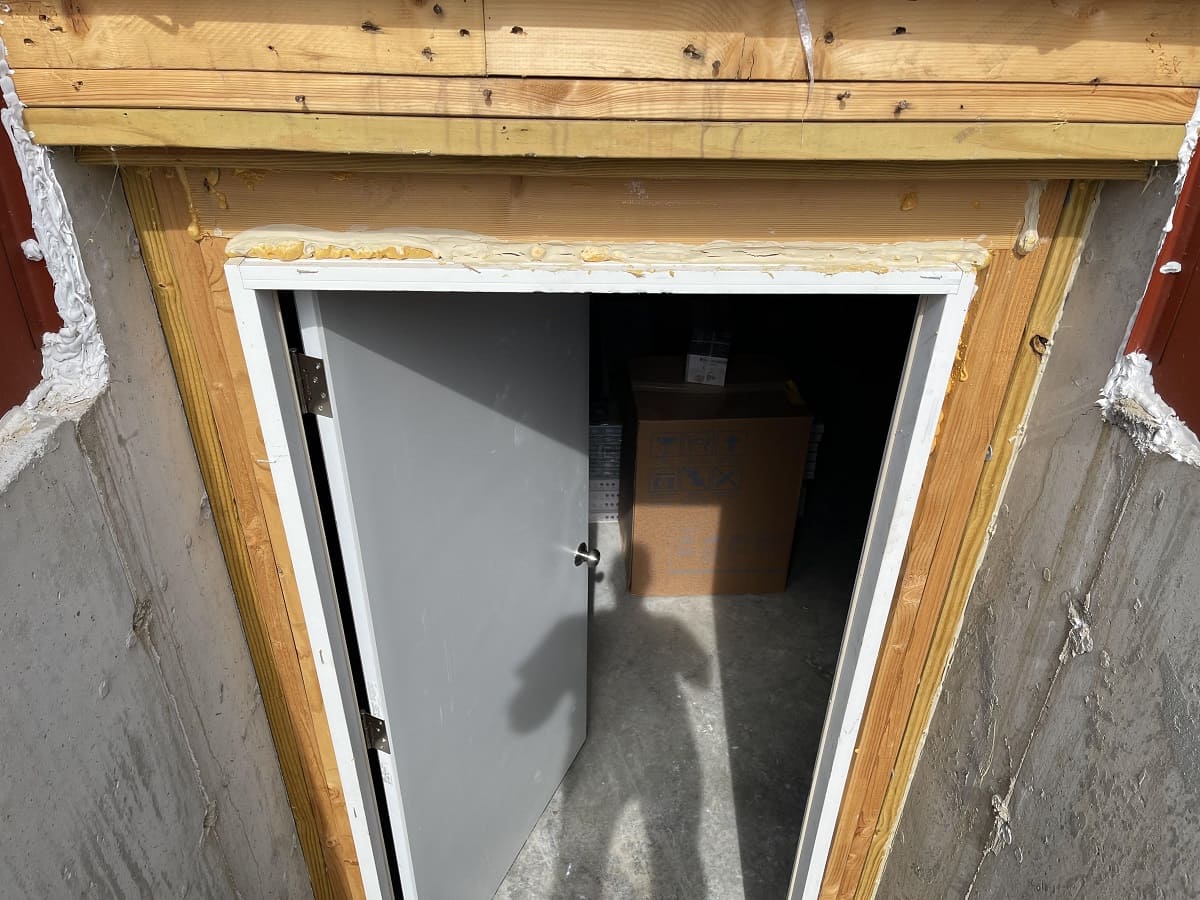
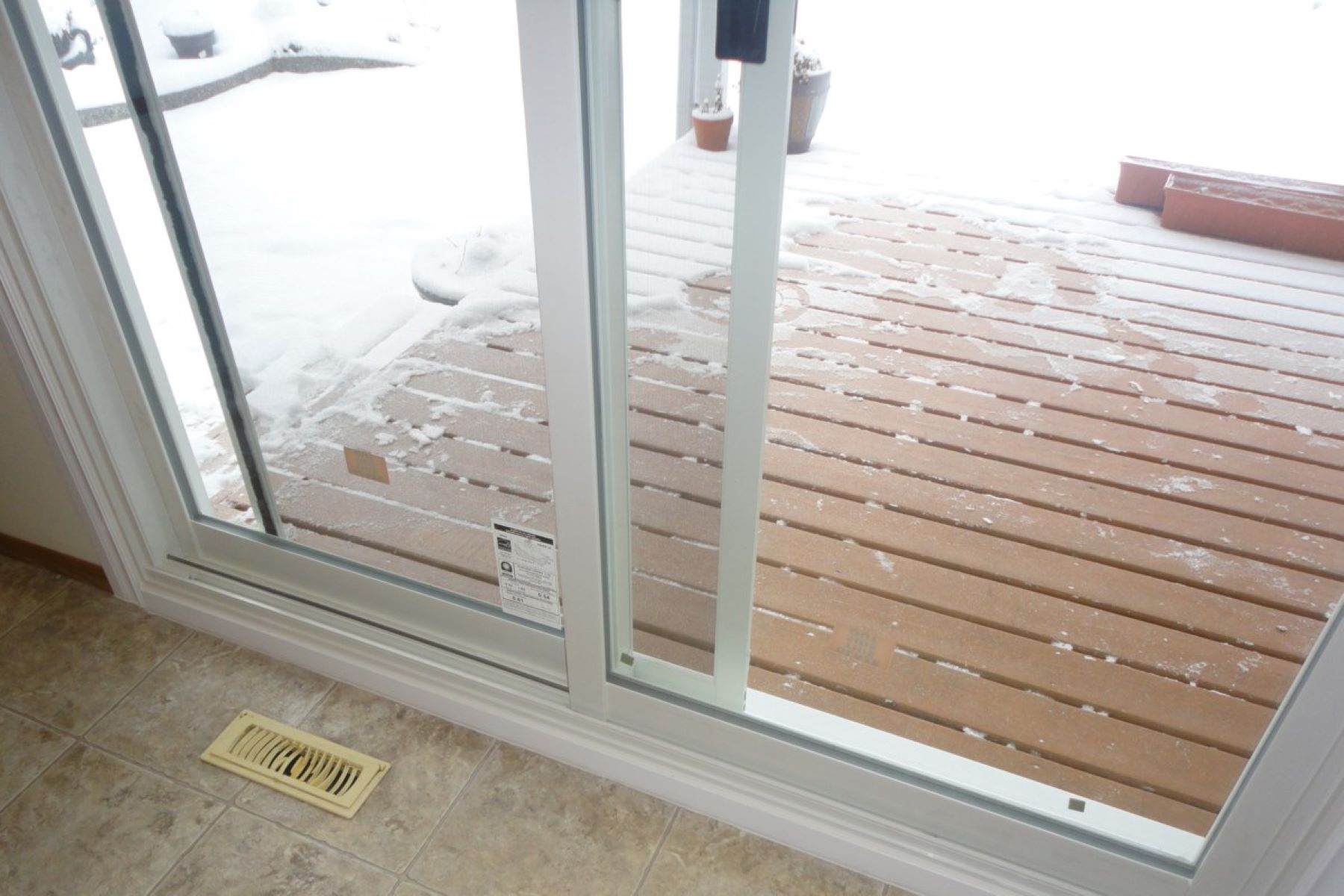
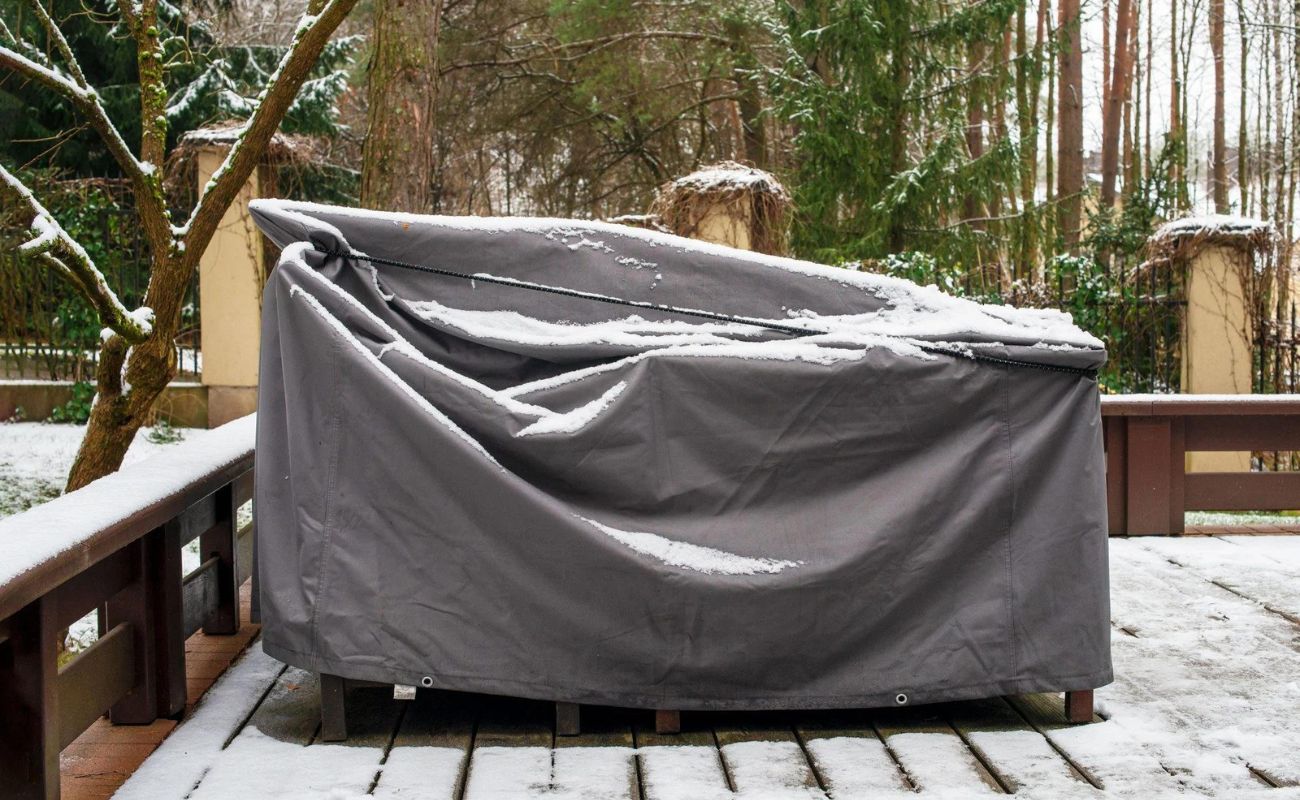
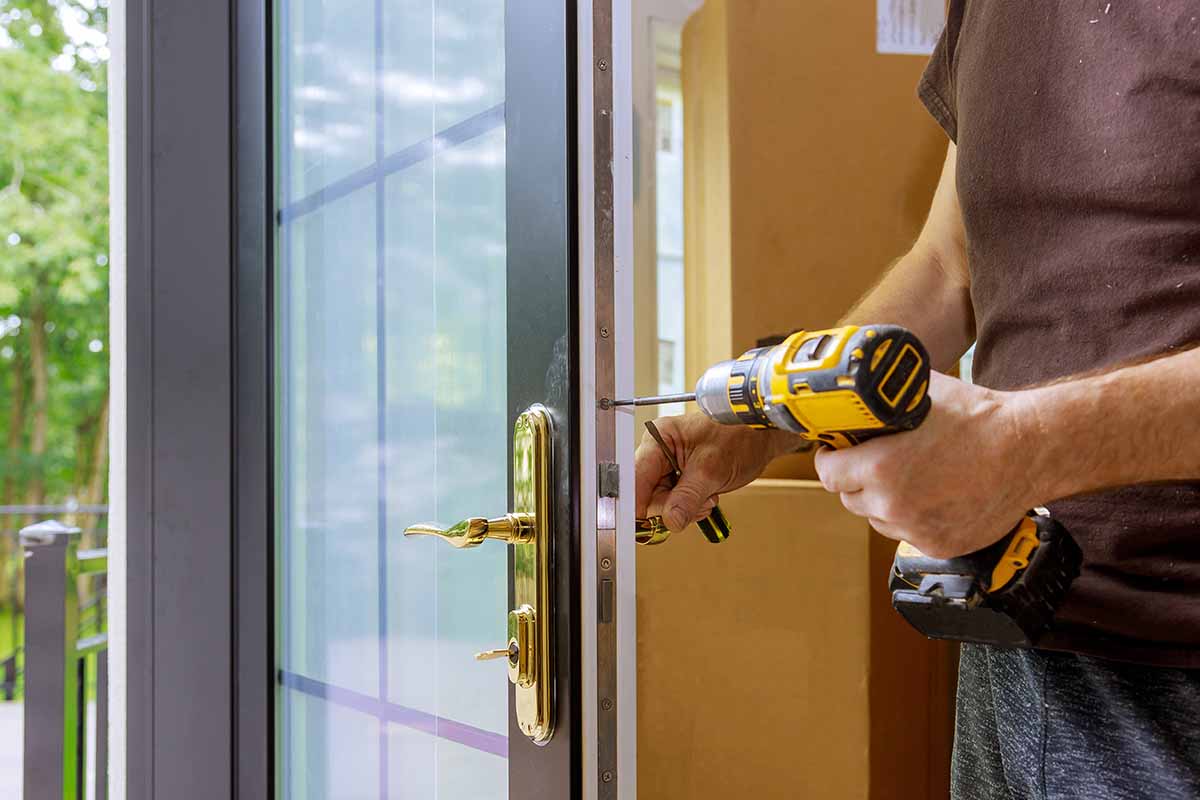
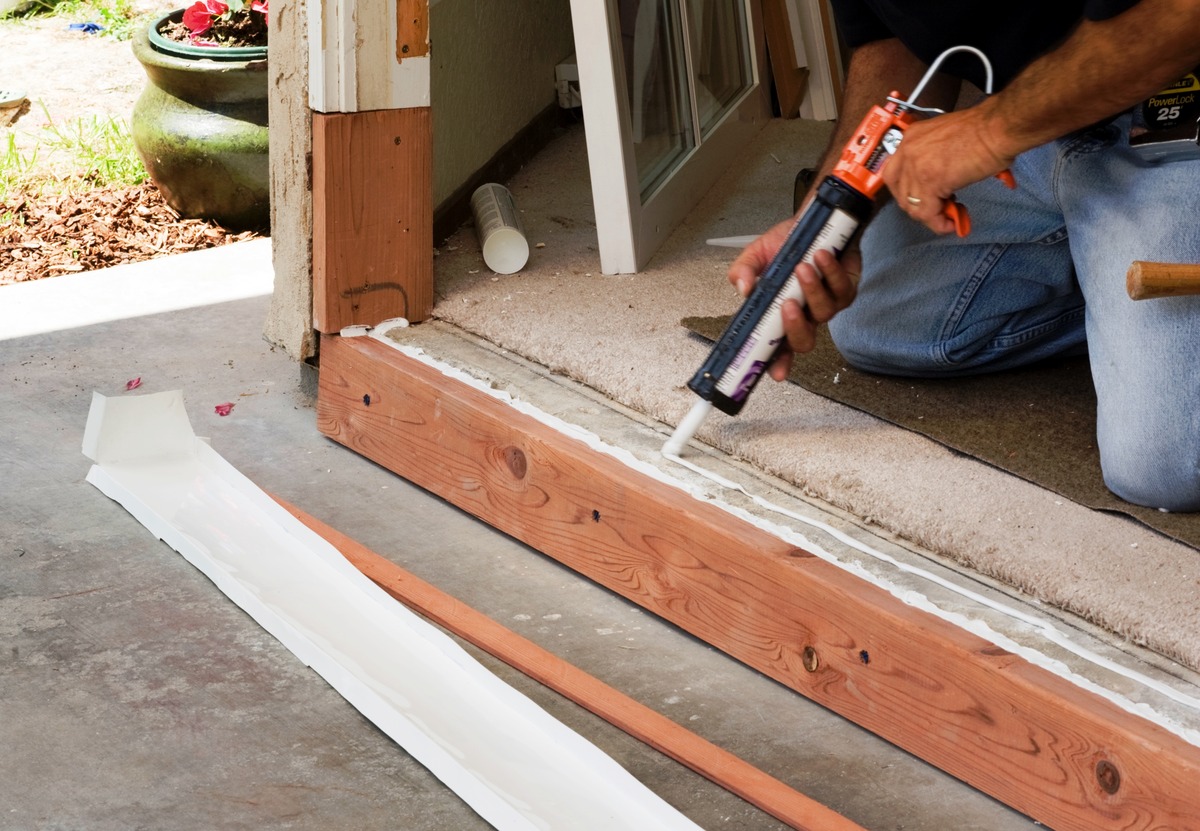
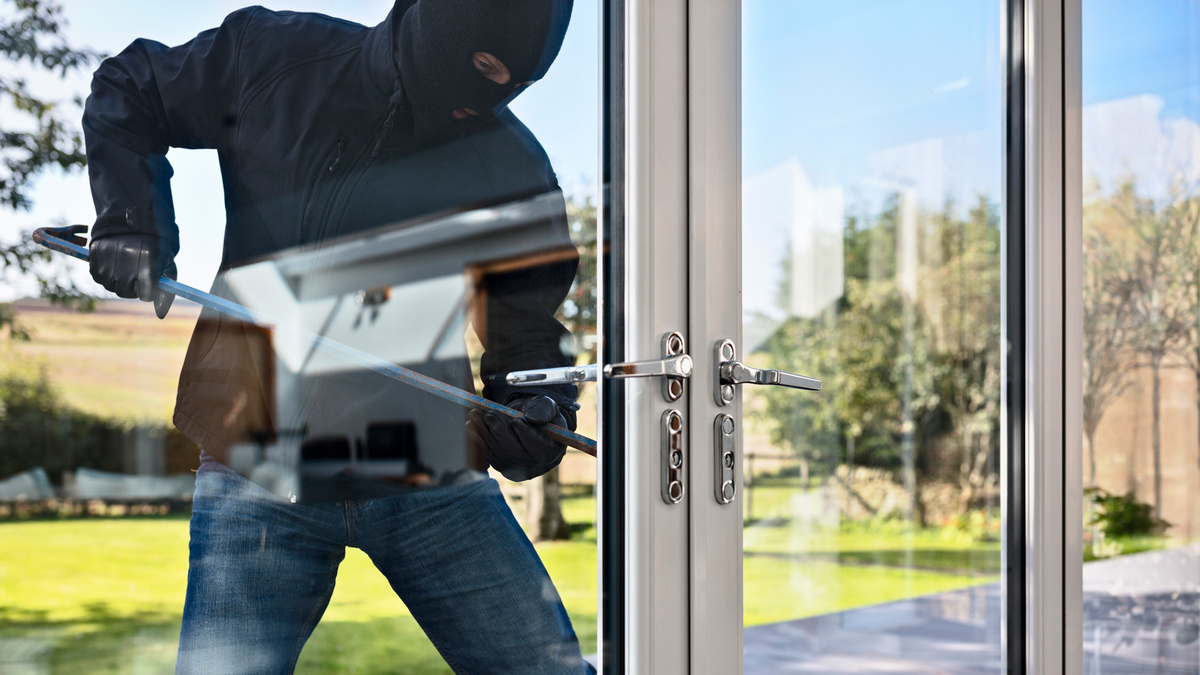
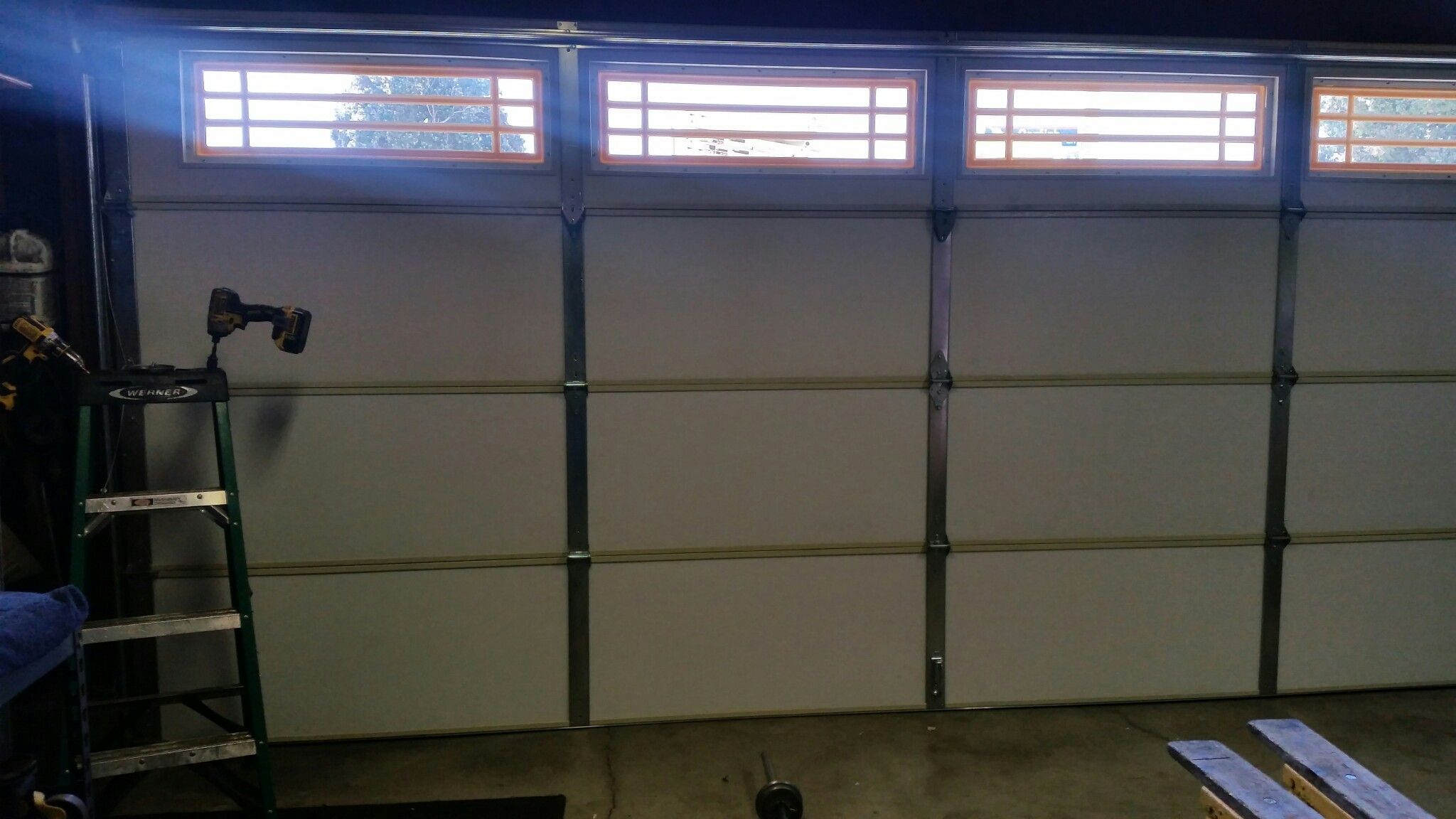
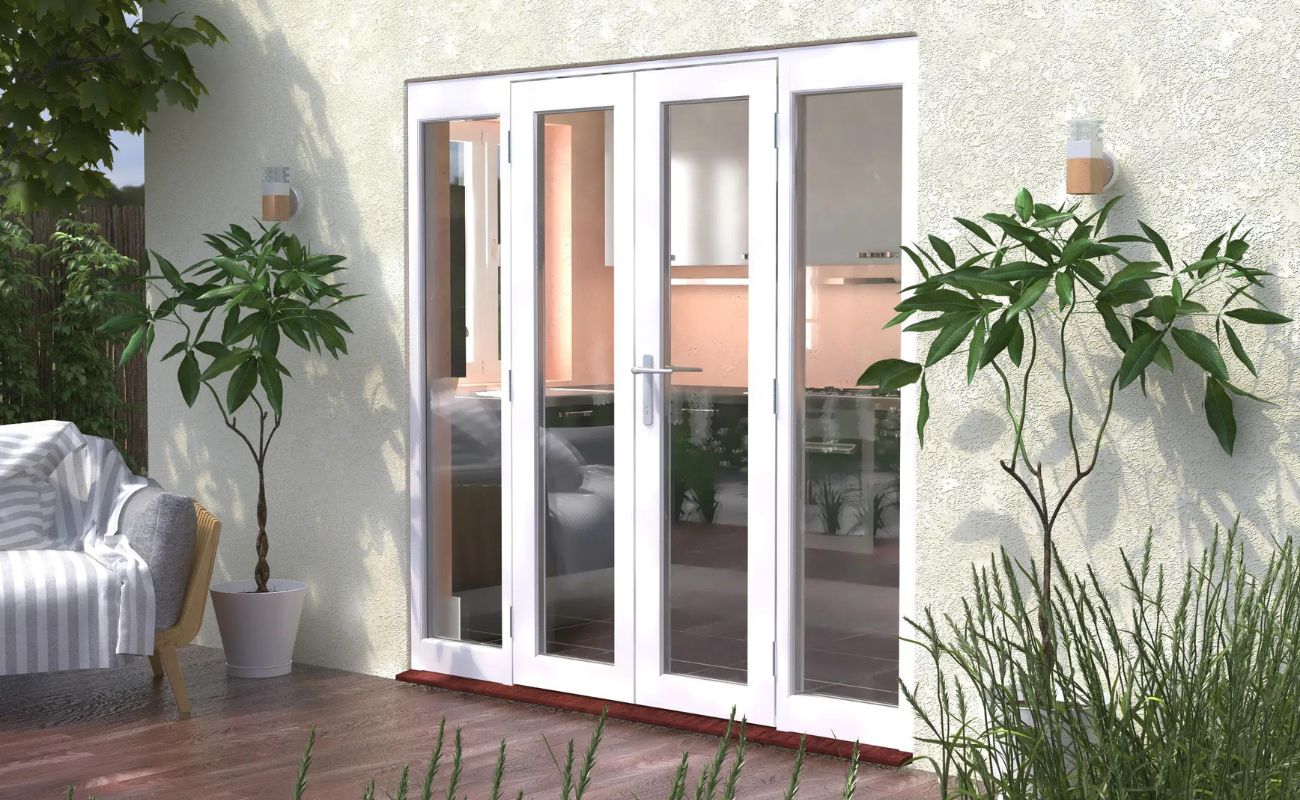
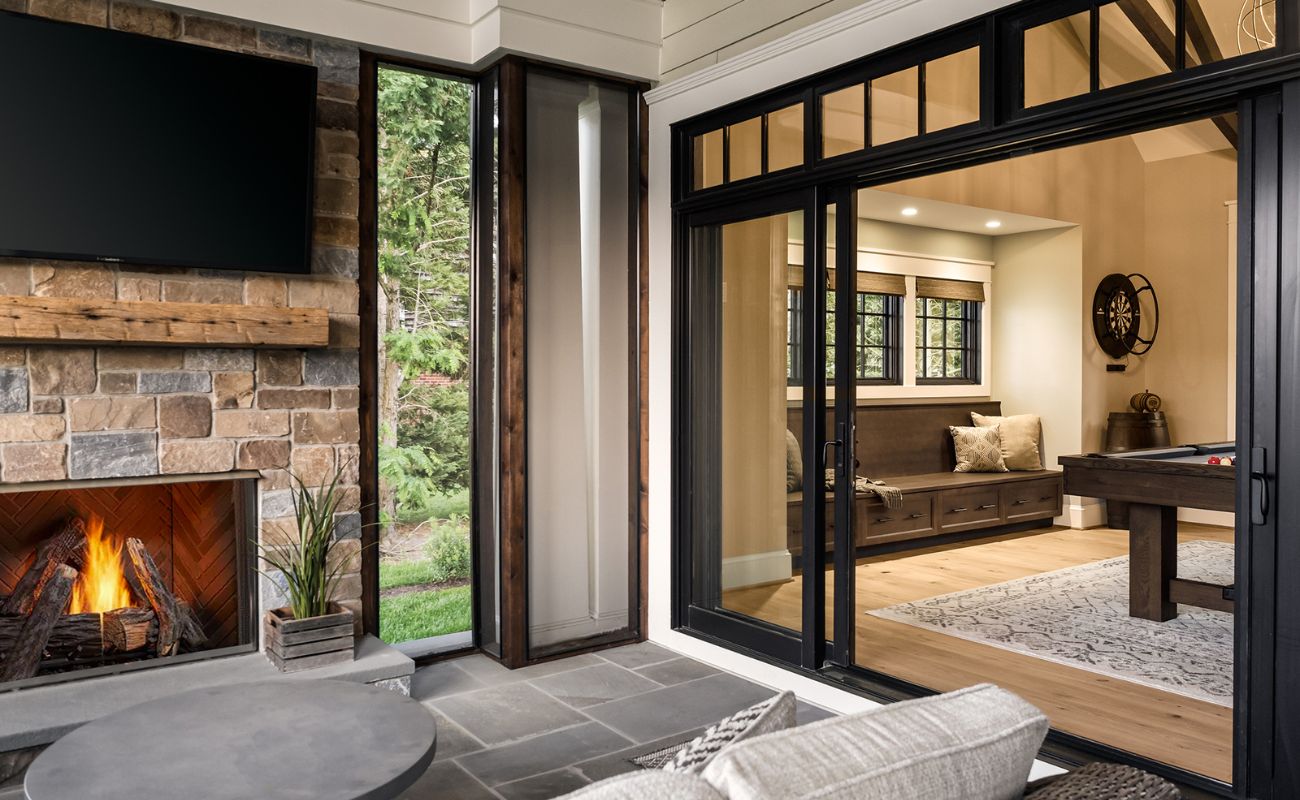
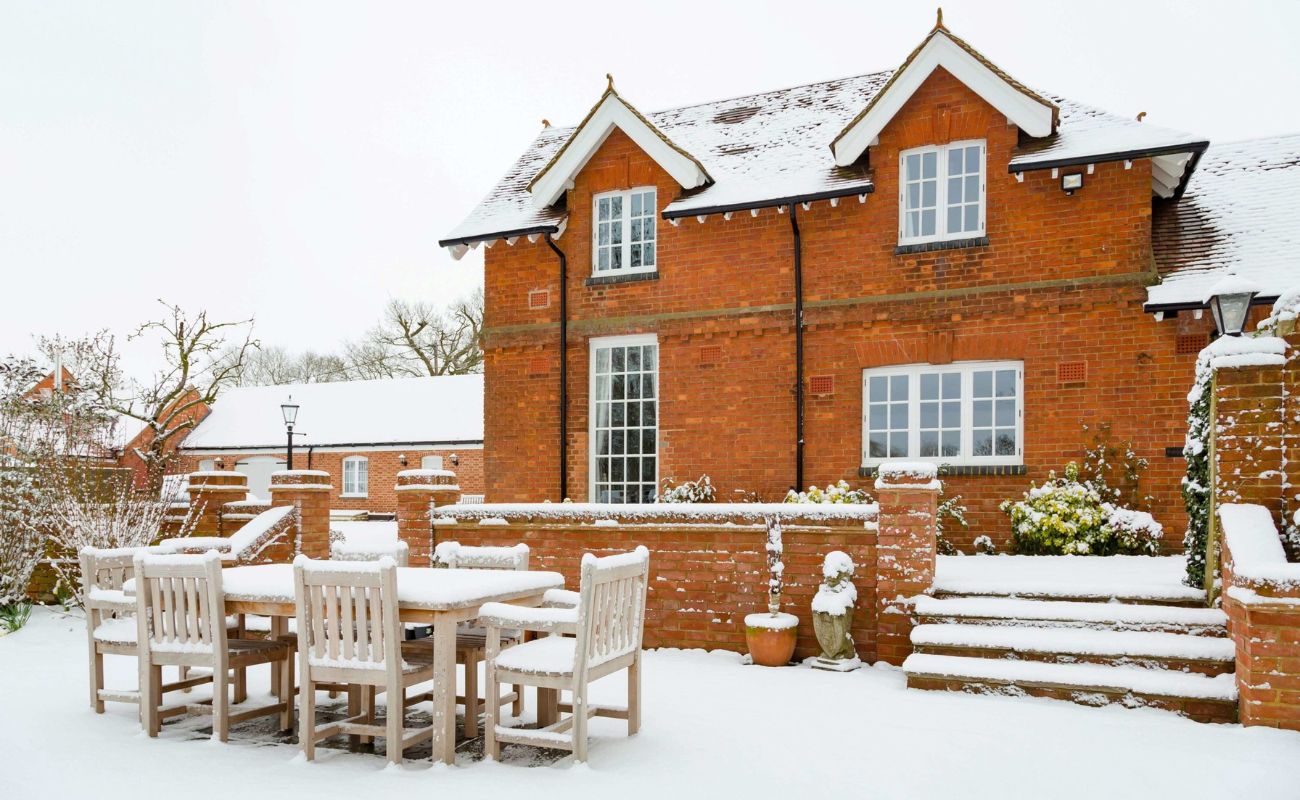

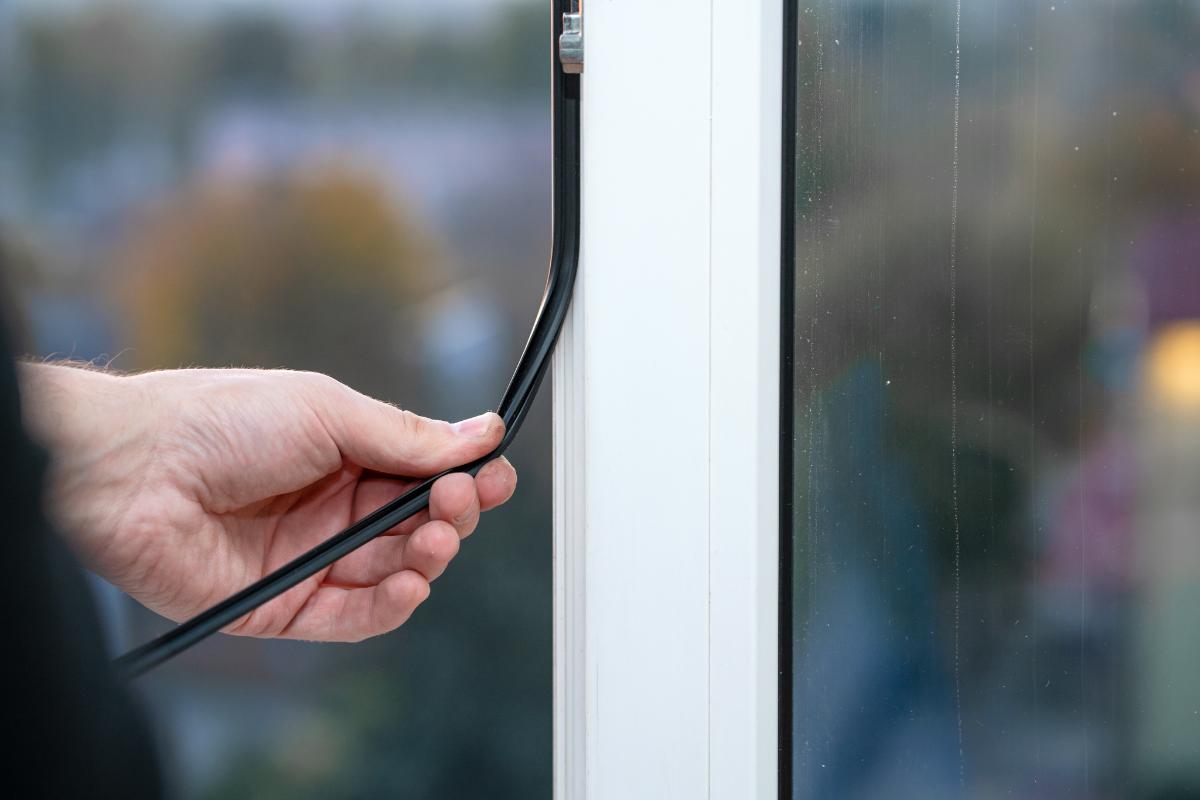

0 thoughts on “How To Insulate Patio Doors For Winter”